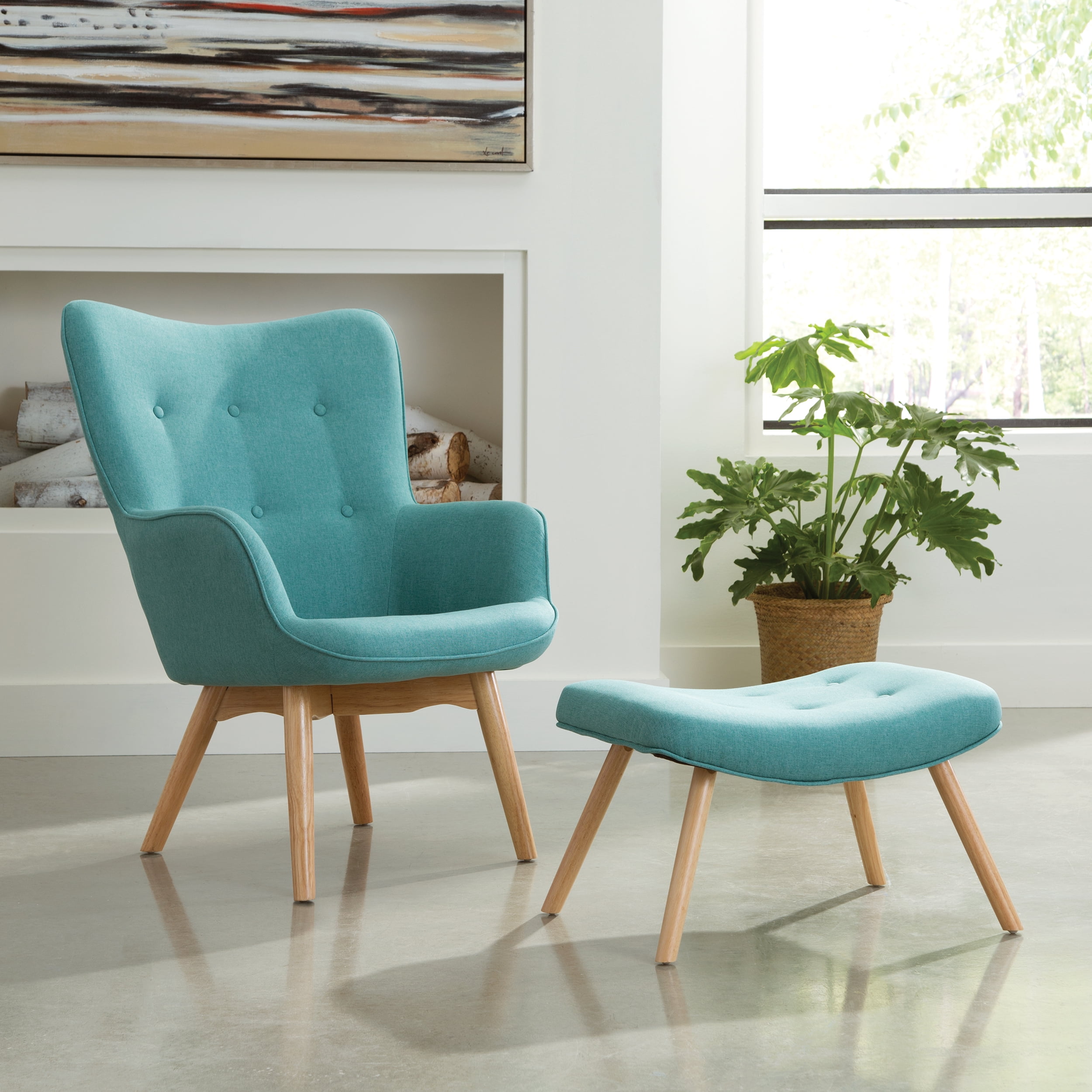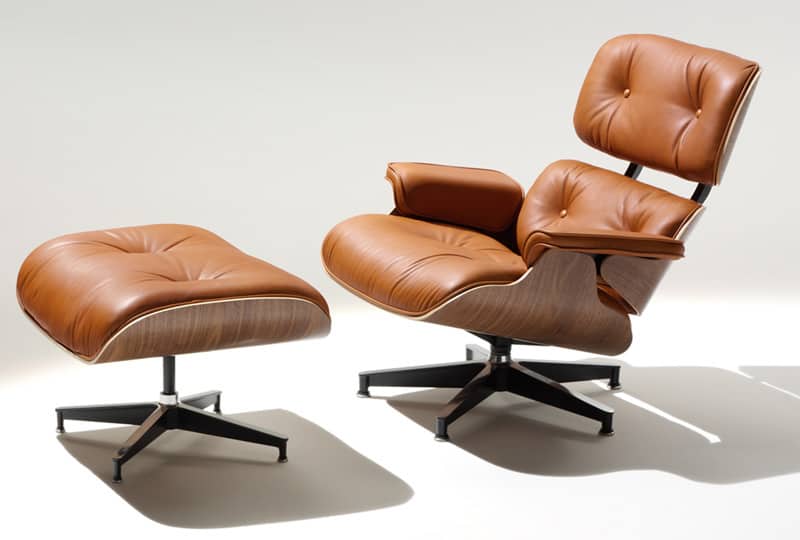Lounge Chair and Footstool Styles

Lounge chairs and footstools have evolved over time, reflecting changing aesthetics and functionality. From classic designs to modern interpretations, these pieces offer comfort and style, adding a touch of sophistication to any space. Understanding the different styles can help you choose the perfect match for your home décor.
Popular Lounge Chair and Footstool Styles
Lounge chairs and footstools come in a variety of styles, each with its own unique characteristics and historical origins. Here are some of the most popular styles:
- Mid-Century Modern: Known for its sleek lines, organic shapes, and minimalist aesthetic. This style emerged in the mid-20th century, with iconic designs like the Eames Lounge Chair and Ottoman. These chairs typically feature wood frames, leather upholstery, and a low profile. Footstools often match the chair’s design and provide a comfortable place to rest your feet.
- Art Deco: This style emerged in the 1920s and 1930s, characterized by geometric patterns, bold colors, and luxurious materials. Art Deco lounge chairs often feature plush velvet upholstery, intricate metalwork, and dramatic curves. Footstools may have a similar geometric design or a contrasting color and texture.
- Scandinavian: This style emphasizes simplicity, functionality, and natural materials. Scandinavian lounge chairs are typically made from wood, leather, or wool, and feature clean lines and minimal embellishments. Footstools often complement the chair’s design and are crafted from similar materials.
- Traditional: This style embraces classic designs and traditional craftsmanship. Traditional lounge chairs often feature ornate carvings, tufted upholstery, and a formal appearance. Footstools may match the chair’s design or offer a contrasting style, such as a simple ottoman.
- Contemporary: This style focuses on modern design elements and innovative materials. Contemporary lounge chairs often feature bold shapes, unconventional materials, and a sleek aesthetic. Footstools may complement the chair’s design or offer a contrasting style, such as a minimalist ottoman.
Lounge Chair and Footstool Style Comparison
Here’s a table comparing different lounge chair and footstool styles, highlighting their primary materials, common colors, and typical design elements:
| Style | Primary Materials | Common Colors | Design Elements |
|---|---|---|---|
| Mid-Century Modern | Wood, Leather, Metal | Neutral, Earthy Tones | Sleek Lines, Organic Shapes, Minimalist Aesthetic |
| Art Deco | Wood, Metal, Velvet | Bold, Rich Colors | Geometric Patterns, Intricate Metalwork, Dramatic Curves |
| Scandinavian | Wood, Leather, Wool | Neutral, Pastel Colors | Clean Lines, Minimal Embellishments, Natural Materials |
| Traditional | Wood, Fabric, Leather | Dark, Rich Colors | Ornate Carvings, Tufted Upholstery, Formal Appearance |
| Contemporary | Wood, Metal, Plastic, Fabric | Bold, Vibrant Colors | Unconventional Materials, Bold Shapes, Sleek Aesthetic |
Aesthetic Appeal of Lounge Chair and Footstool Styles
The aesthetic appeal of different lounge chair and footstool styles varies depending on the overall design theme of the space.
- Mid-Century Modern: This style is ideal for creating a sophisticated and timeless look. It complements a variety of interior design themes, from minimalist to eclectic.
- Art Deco: This style adds a touch of glamour and sophistication to any space. It’s particularly well-suited for formal living rooms and dining areas.
- Scandinavian: This style creates a sense of calm and tranquility. It’s perfect for minimalist, contemporary, and rustic interiors.
- Traditional: This style adds a touch of elegance and formality to any space. It’s well-suited for traditional and formal living rooms and libraries.
- Contemporary: This style adds a modern and edgy touch to any space. It’s perfect for contemporary and minimalist interiors.
Ergonomics and Comfort

Ergonomics is the science of designing and arranging things so that people can interact with them in a safe, comfortable, and efficient way. In the context of lounge chairs and footstools, ergonomics plays a crucial role in ensuring optimal comfort and supporting good posture.
Ergonomic Considerations for Lounge Chairs and Footstools
The following table Artikels the ergonomic considerations for different types of lounge chairs and footstools, their ideal use cases, and potential benefits:
| Lounge Chair/Footstool Type | Ergonomic Considerations | Ideal Use Cases | Potential Benefits |
|---|---|---|---|
| Recliner | Adjustable backrest, footrest, and lumbar support; comfortable padding; wide seat | Relaxing, watching TV, reading | Reduced back pain, improved circulation, enhanced relaxation |
| Zero Gravity Chair | Reclines to a position that reduces pressure on the spine; adjustable backrest and footrest | Relaxing, reducing stress, promoting circulation | Reduced back pain, improved posture, increased comfort |
| Office Chair | Adjustable backrest, seat height, and armrests; lumbar support; breathable fabric | Working at a desk, prolonged sitting | Reduced back pain, improved posture, increased productivity |
| Footstool | Height adjustable, comfortable padding, sturdy construction | Elevating feet, reducing leg fatigue, promoting relaxation | Improved circulation, reduced swelling in legs, enhanced comfort |
Features Contributing to Comfort
The comfort of a lounge chair and footstool is significantly influenced by features such as padding, support, and adjustability.
Padding
Padding plays a crucial role in providing comfort and support. High-density foam padding provides long-lasting support and conforms to the body’s shape, while softer padding offers a more luxurious feel. The type and thickness of padding should be tailored to the intended use of the chair or footstool.
Support
Proper support is essential for maintaining good posture and preventing discomfort. This includes lumbar support for the lower back, armrests for the arms, and a well-designed backrest for the spine.
Adjustability
Adjustable features, such as reclining backrests, adjustable footrests, and adjustable armrests, allow users to customize their seating position for optimal comfort.
“The right lounge chair and footstool can make all the difference in your comfort and well-being.”
A lounge chair and footstool are a perfect pairing for relaxation, but over time, the slings can wear out. If you’re looking to breathe new life into your Costco lounge chair, consider replacing the slings. You can find a comprehensive guide on costco lounge chair replacement slings , including tips for choosing the right material and installation instructions.
With new slings, your lounge chair and footstool will be ready for many more years of comfortable lounging.
A plush lounge chair and footstool invite you to sink into a state of relaxation, a perfect setting for savoring a cup of tea. The ambience of Cha Cha’s Tea Lounge perfectly embodies this sentiment, offering a haven of tranquility where you can unwind and enjoy a variety of aromatic teas.
The inviting comfort of the lounge chair and footstool becomes a cherished companion in this serene atmosphere, allowing you to fully embrace the moment and savor the simple pleasures of life.